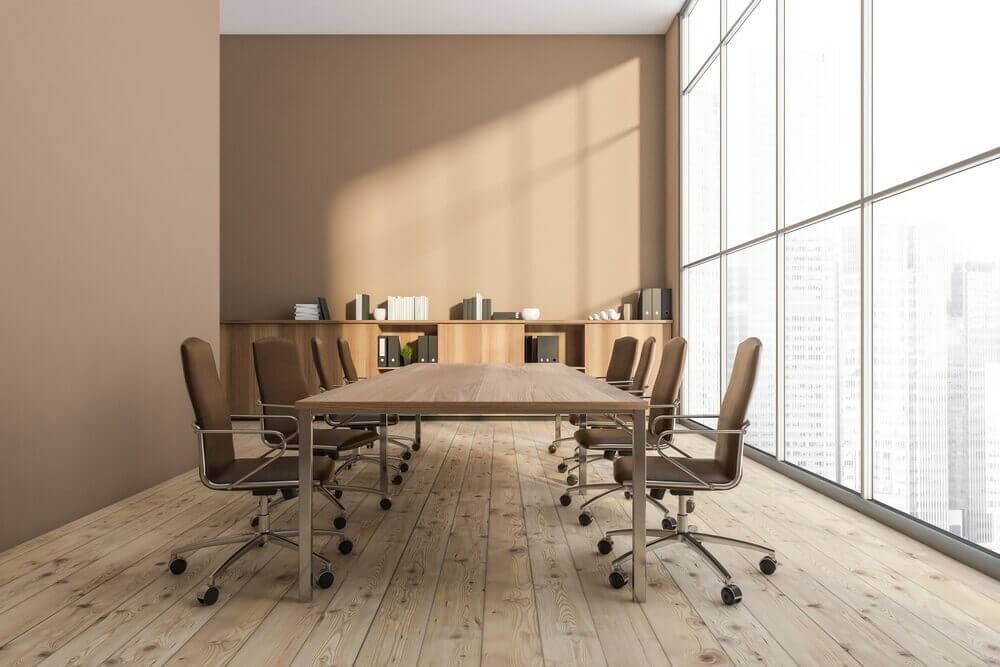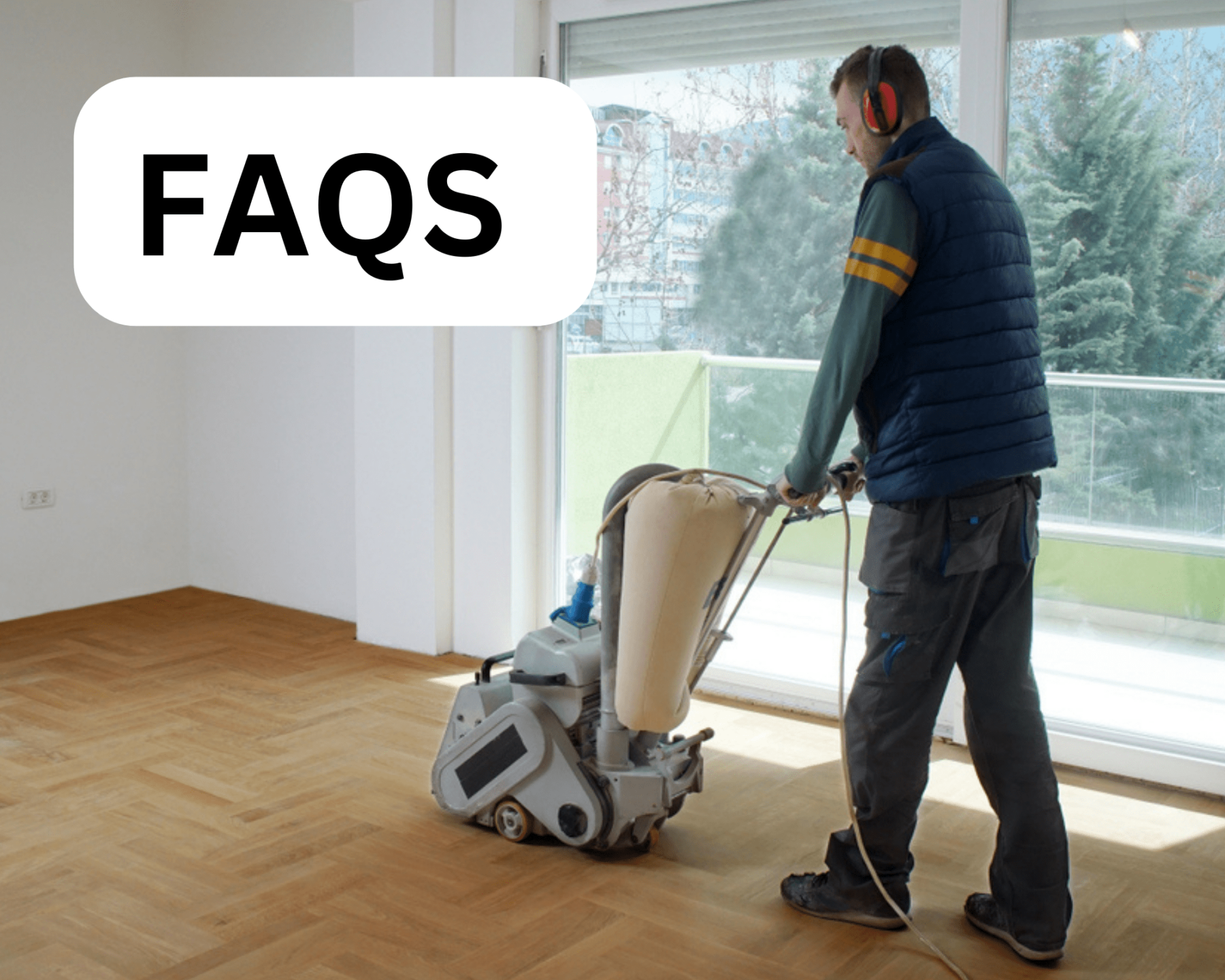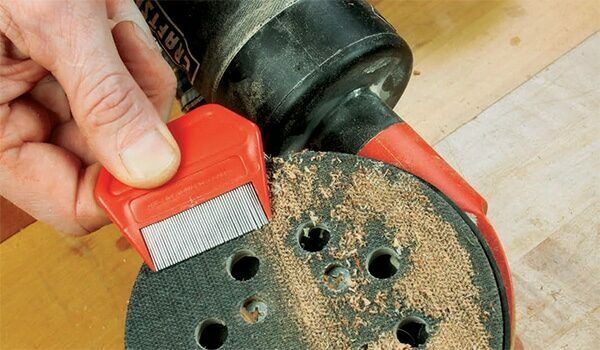London:
Nationwide:
Filling the Gaps: Choosing the Right Method for Your Victorian or Georgian Floorboards
Posted on July 19, 2023
Blog
Best Methods for Filling Gaps in Victorian and Georgian Floorboards
An integral part of maintaining the timeless charm of your Victorian or Georgian house is preserving its original wooden floorboards. However, over time, these floorboards inevitably age and begin to show signs of wear and tear. One of the most common issues that homeowners face is the appearance of gaps between these boards. Choosing the correct method to fill these gaps is a critical decision.Understanding the Nature of Wooden Floorboards
Before we delve into the methods, it’s important to understand why these gaps appear. Wooden floorboards expand and contract over time due to seasonal variations in temperature and humidity. This can result in noticeable gaps between the boards. Moreover, these floorboards are also subject to significant foot traffic, which can wear them down, causing further separation.Evaluating the State of Your Floorboards
The first step to addressing the issue of gaps in your floorboards is to carry out a thorough assessment of your flooring. Look for signs of rot, dampness, or any other significant damage. Smaller gaps (less than 5mm) often require a different approach compared to larger ones. Also, take into account the aesthetics of your room and your long-term plans for the property. Will you be selling the house, or do you plan to keep it for the foreseeable future? The answers to these questions will influence your decision when it comes to filling gaps in your floorboards.Filling Gaps with Slivers of Timber
When to Use
One of the more traditional methods of filling gaps is by using slivers of timber, also known as wood strips. This technique is particularly effective for larger gaps. If you are concerned about maintaining the authentic look and feel of your floorboards, this method can be a perfect choice.How it Works
The process involves cutting pieces of reclaimed wood (ideally from the same period and type as your floorboards) to match the width of the gaps. These slivers are then glued and hammered into the gaps. Once dried, they are planed or sanded down to the same level as the rest of the floor. This technique creates a seamless appearance while preserving the floor’s original character.Pros and Cons
While this method offers aesthetic benefits, it can be quite labour-intensive and time-consuming. It may not be the best choice for those looking for a quick and easy solution.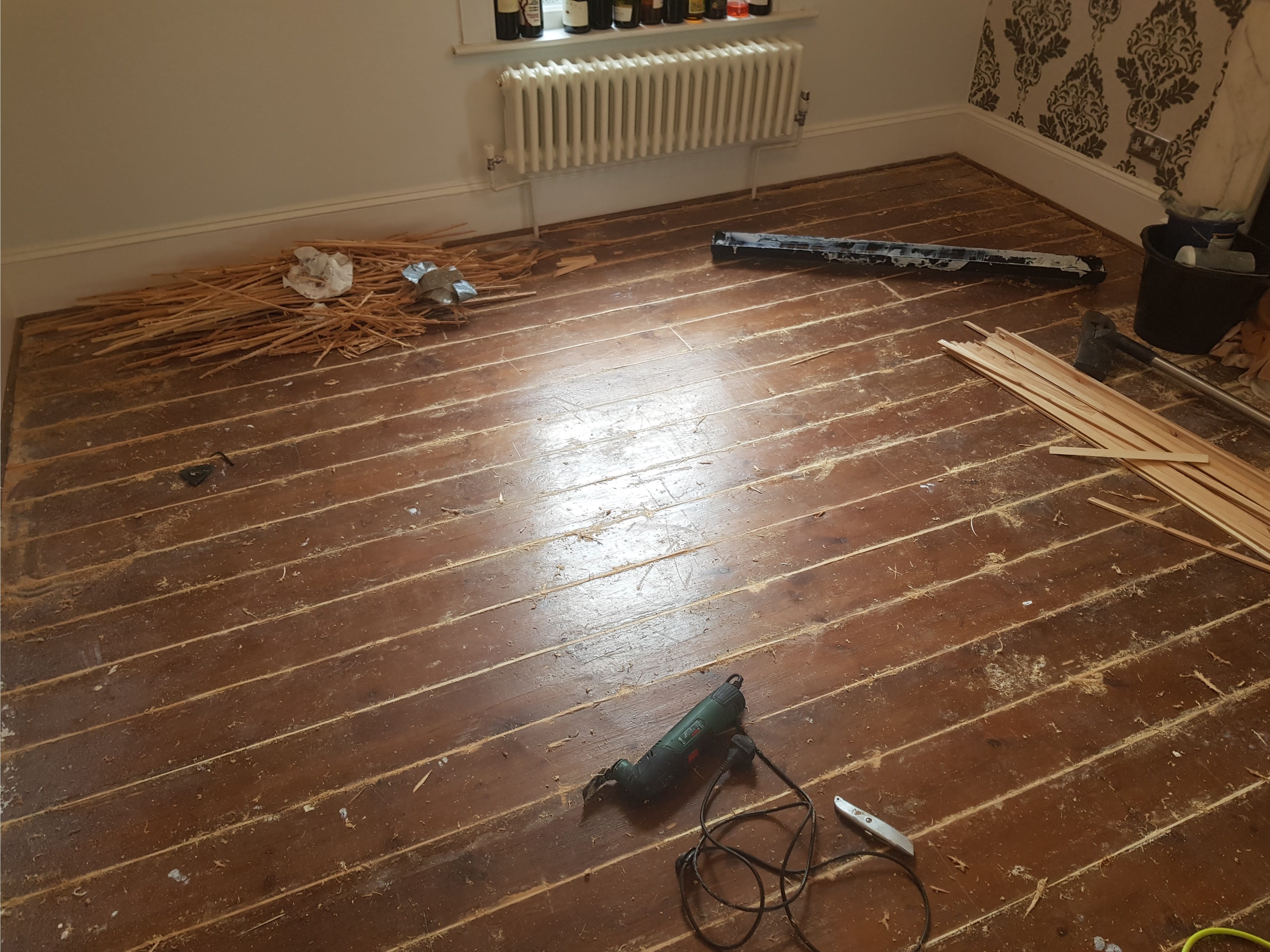
Using a Dust and Resin Mix
When to Use
If you’re dealing with smaller gaps or you’re seeking a less labour-intensive method, a dust and resin mix can be an ideal solution. This technique uses the sawdust produced during the sanding process mixed with a resin filler.How it Works
After sanding the floor, the resultant sawdust is mixed with a resin product to create a paste. This paste is then worked into the gaps with a filling knife. The benefit of this approach is that the filler will perfectly match the colour of your floorboards because it’s made from the same material.Pros and Cons
This method is less time-consuming than using slivers of timber. However, keep in mind that this filler can shrink over time, requiring periodic touch-ups. It is also not as effective for larger gaps.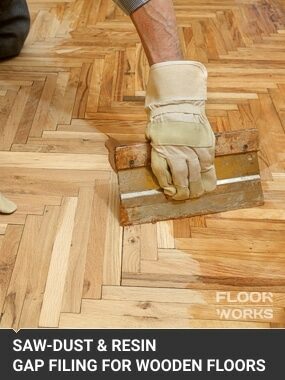
Gap Filling with a Mastic Gun
When to Use
Mastic guns are commonly used to fill gaps between floorboards in areas that experience high moisture levels, such as kitchens and bathrooms. This method is also suitable for larger gaps and irregular spaces.How it Works
A mastic gun is used to apply a flexible filler into the gaps. This filler is durable and resistant to changes in temperature and humidity, which can make it a good choice for challenging environments.Pros and Cons
The primary advantage of this method is its durability. The filler can withstand environmental changes without cracking or shrinking. However, the aesthetics may not match the other methods, and it can be more challenging to achieve a perfectly flush finish.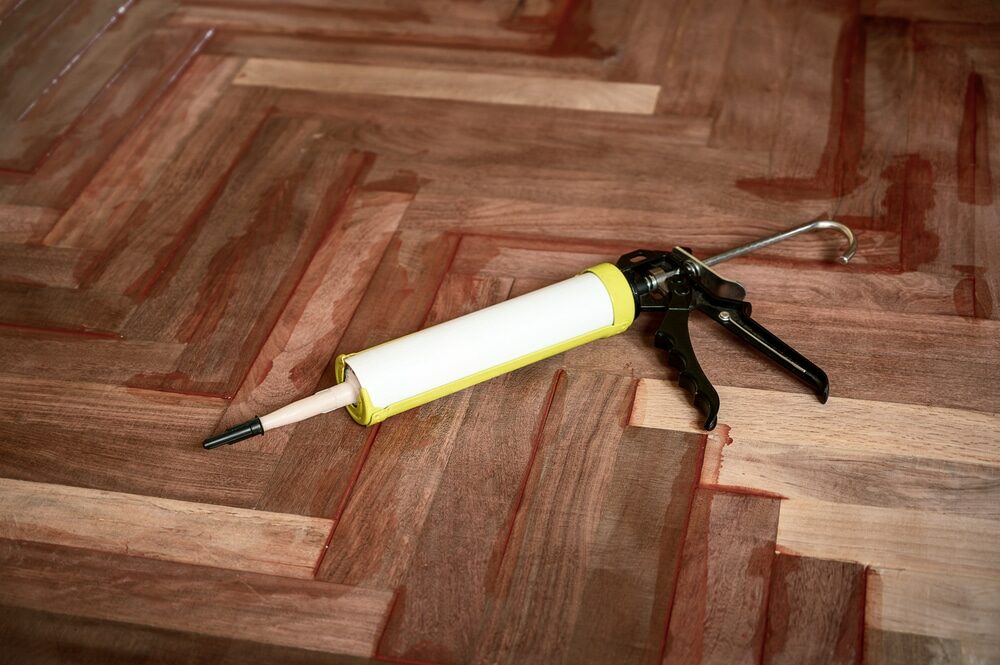
Final Thoughts
Your decision on which method to use when filling gaps in your Victorian or Georgian floorboards depends on several factors. These include the size and number of gaps, the location of the room, the condition of the floorboards, and how you want the finished floor to look. It’s essential to weigh up the pros and cons of each method and consider getting professional advice if you’re unsure. With careful consideration and the right approach, your charming, old floorboards will continue to serve you for many more years to come.Some Useful Links:
- Floor Sanding Services
- School Floor Sanding
- Wood Floor Restorations
- Wood Floor Repairs
- Wood Floor Polishing
More from our Blog:
Choosing Hardwood Floors for a Lifetime: Durability, Care, and Maintenance Coloured floors – what’s hot and what’s not How to Choose the Right Timber Floor Finish: An In-Depth Guide Exotic Hardwood Choices: Spotlight on Cabreuva How to make sure your wooden floor isn’t a safety hazard
Sanding
We provide virtually dust-free sanding with our continuous belt machinery with mobile extraction units, giving you a safer environment for your family.
Oiling
This organic finish not only adds beauty to your home but also has exceptional water-repellent characteristics, making it easier to clean and maintain.
Waxing
This natural floor finish offers the softest and most mellow appearance – and leaves your floor able to breath.
Buffing
Using soft buffing machines (and hand-polishing where required) will bring a wonderful sheen to your newly-finished floor.
Repairs
We offer a full assessment of your wooden floors to determine what repairs are needed to provide the perfect working surface for the later stages of sanding, staining and sealing.
Restoration
We offer a comprehensive restoration process designed to address floors that are improperly fitted or damaged over time through wear and tear.
Request a fixed price quote for your wood floor restoration now
Simply enter your postcode below to get started.
Services
Wood Floor Sanding Wood Floor Restoration Wood Floor Scratch Repair Squeaky Wood Floor Repair Parquet Floor Sanding Parquet Floor Restoration Commercial Floor Sanding Church Floor Sanding Community Centre Floor Sanding School Floor Sanding Gap Filling Gap Filling with ResinCopyright © Mr Sander®
Privacy & Cookies Terms & Conditions Complaints Procedure Cancellation Rights Sitemap